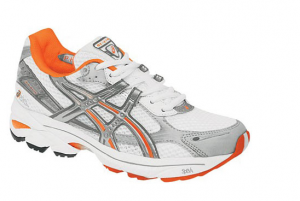
By Tony H. Reinhardt-Rutland, University of Ulster
Richards et al (2009) refer to a popular running shoe design entailing a heightened sole and pronation control. It is claimed to reduce running injuries, but in fact no evidence has been obtained to show that the design actually achieves its purpose.
May I add another thought on this topic? In a number of areas of human activity – most notably, with regard to behaviour on the roads whether as motorist or cyclist – safety features fail to be effective, because the safety advantage is eroded: the safety advantage is converted into a performance advantage (1).
Wilde, Robertson and Pless (2) refer to “risk homeostasis” to characterise this effect in its purest form. The individual “sets” a level of risk on the basis of personal factors and societal expectations: performance is then dictated by this “target” level of risk. If the perceived risk is reduced, risk homeostasis dictates that performance will increase to bring the perceived risk back to its target level. Conversely, of course, increased perception of risk will depress performance (Wilde, 1994).
It seems to me that this could be extended to this particular case. A reason that no advantage regarding injuries has been observed is that a runner may perceive the risk of injury to be reduced by employing this particular design of running shoe. As a result, the runner will increase his or her performance – thereby laying themselves open for the same level of risk that they would encounter were they not using this particular design of running shoe.
References
(1) Reinhardt-Rutland AH, Seat-belts and behavioural adaptation: the loss of looming as a negative reinforcer. Safety Sci 2001; 39: 145-155.
(2) Wilde GJS, Robertson LS, Pless IB. Does risk homeostasis theory have implications for road safety? BMJ 2002; 324: 1149-1152.